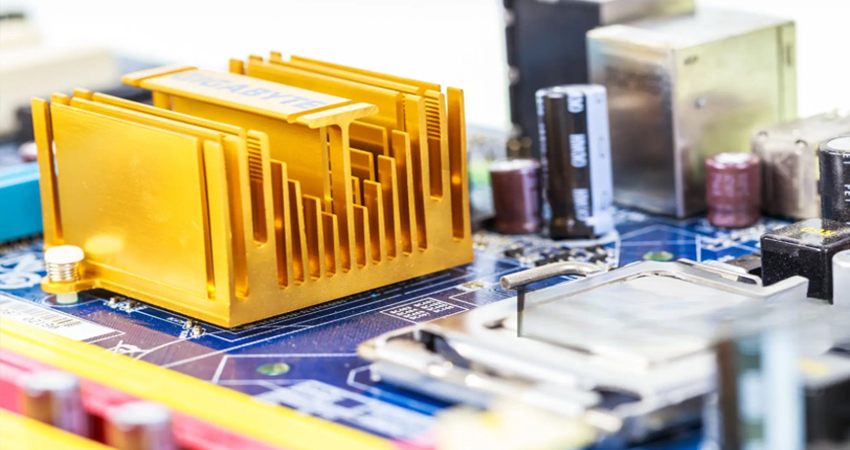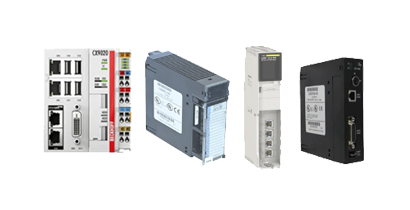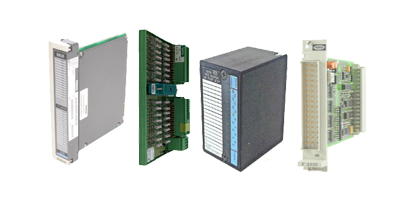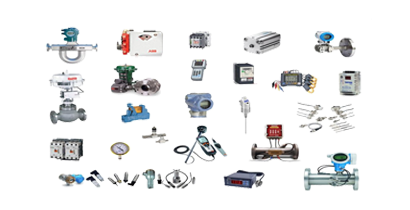Make a call

Project Details

PLC & DCS Modules
PLC is the core of electrical automation systems, responsible for executing complex control logic and automation tasks. DCS is a large-scale integrated control system widely used in industries such as petrochemicals and power generation. It connects multiple control points through a network to achieve centralized management and decentralized control.
CPU Module
The core of automation systems, optimized for industrial use. Executes logic, processes data, and makes decisions.
The core of automation systems, optimized for industrial use. The CPU Module is designed to handle the complex computational requirements of industrial automation. It executes logic operations based on pre-programmed instructions. For instance, in a bottling plant, it can determine when to start and stop the conveyor belts, when to activate the filling mechanisms, and how to adjust the speed and flow rate based on the production requirements. It processes large amounts of data received from input modules and makes decisions in real-time to ensure the smooth and efficient operation of the entire system.

Input Module
Connects sensors to the system, collects data, and converts it to system signals.

Converts system signals to device signals, driving actions. The output module takes the commands and signals generated by the CPU Module and translates them into actions. For example, in a manufacturing facility, if the CPU Module determines that a particular machine needs to be stopped due to a fault or a production schedule change, the output module will send the appropriate signal to the motor starter or the solenoid valve that controls the machine's operation. It can also control the speed of motors, the position of actuators, and the state of various electrical and mechanical devices, ensuring that the automation system can interact effectively with the physical world.
Output Module
Converts system signals to device signals, driving actions.
Converts system signals to device signals, driving actions. The output module takes the commands and signals generated by the CPU Module and translates them into actions. For example, in a manufacturing facility, if the CPU Module determines that a particular machine needs to be stopped due to a fault or a production schedule change, the output module will send the appropriate signal to the motor starter or the solenoid valve that controls the machine's operation. It can also control the speed of motors, the position of actuators, and the state of various electrical and mechanical devices, ensuring that the automation system can interact effectively with the physical world.

Field Devices
Include sensors (collect data), actuators (perform actions), and instruments (display status).

Include sensors (collect data), actuators (perform actions), and instruments (display status). Sensors are the eyes and ears of the automation system. They can measure parameters such as temperature, pressure, flow rate, and position. In an automotive manufacturing plant, position sensors can detect the location of parts on an assembly line. Actuators, on the other hand, are responsible for carrying out physical actions. They can be motors that move objects, solenoid valves that control fluid flow, or pneumatic cylinders that provide linear motion. Instruments such as gauges and displays provide visual feedback to operators about the status of the system. For example, a pressure gauge can show the current pressure in a pipeline, allowing operators to monitor and adjust the process as needed.

Build strong relationships
with clients
Take responsibility for our customers, create value continuously,
and become a
trustworthy partner for industrial intelligence and connectivity.
